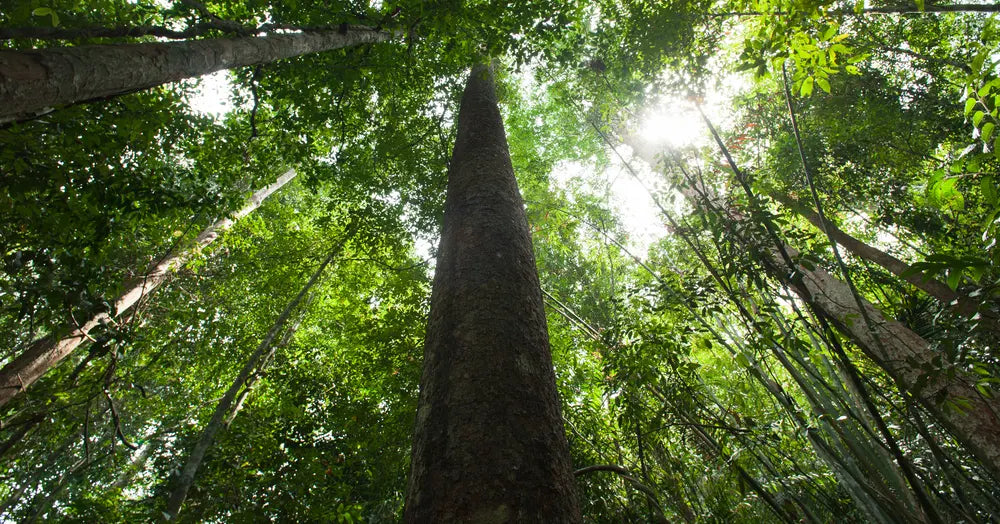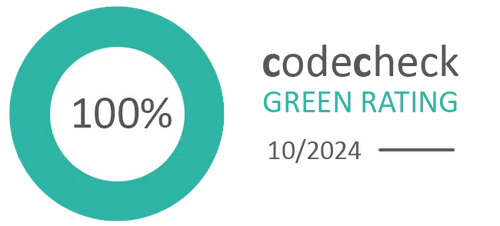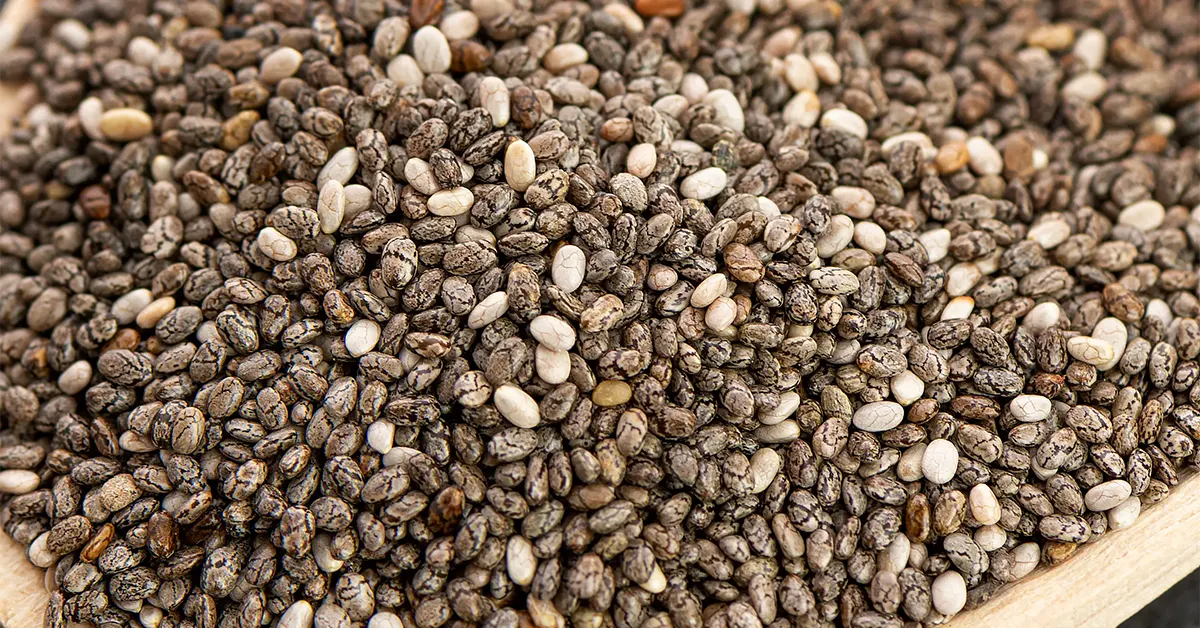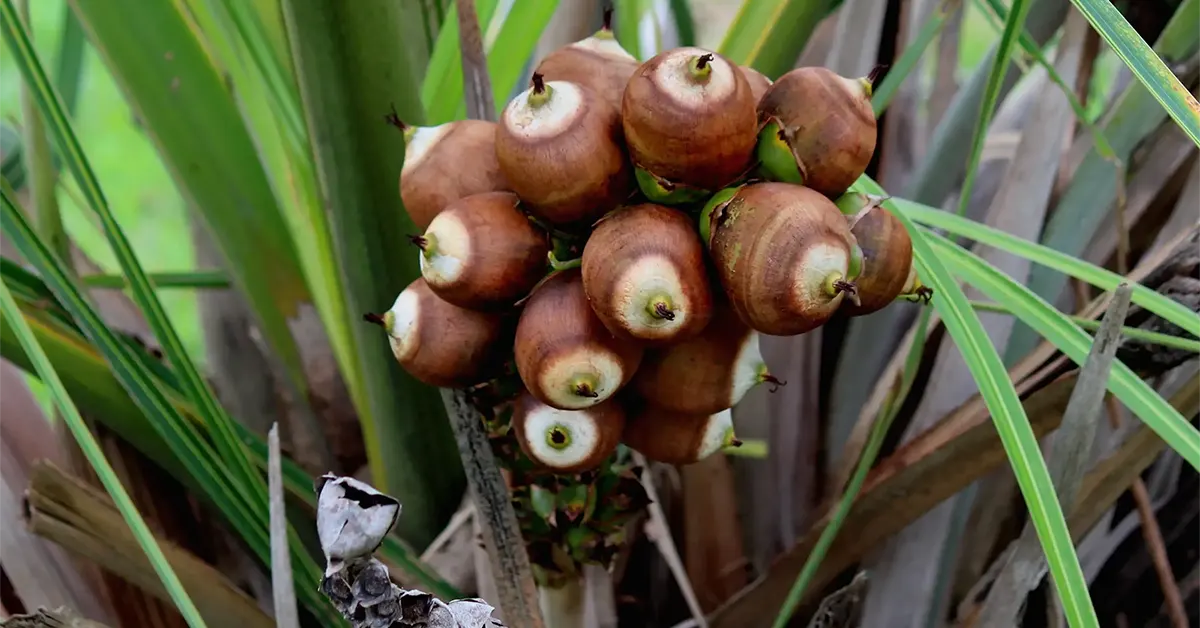
Copaiba balsam
Copaiba balsam – anti-inflammatory medicinal resin from sustainable wild collection
Copaiba balsam has antibacterial, anti-inflammatory, and regenerating properties—ideal for acne, psoriasis, and skin irritations. Sustainably sourced from the Amazon region.
Introduction / Brief description
Copaiba balsam (INCI: Copaifera Officinalis Resin ) is a natural, resinous, oil-containing active ingredient from the trunk of the copaiba tree. For centuries, it has been used by indigenous peoples in the Amazon region as a remedy for skin diseases, inflammations, and infections. Copaiba contains a high concentration of beta-caryophyllene—a powerful anti-inflammatory sesquiterpene—and is considered one of the most potent natural antibiotics against gram-positive bacteria. In natural cosmetics, copaiba balsam is used for acne, psoriasis, eczema, and sensitive skin.
Origin & Production
The copaiba tree, which can grow up to 30 meters tall in the tropical rainforests of the Amazon region, can live for over 400 years. Copaiba balsam is harvested using a traditional, sustainable method: a hand drill is used to drill holes in the trunk at a height of about 60 cm until the syrupy, thick resin flows out. This resin drips through a pipe into a container on the ground and is then filtered. After harvesting, the holes are sealed with clay to protect the tree. Approximately 4–5 liters of resin can be extracted from each tree annually.
The harvest is carried out by indigenous communities in controlled areas, providing them with an important source of income – without harming the trees. Unlike essential oil, we use undiluted, natural copaiba balsam in its pure, original form.
Effect on skin
- Anti-inflammatory & antibacterial: Copaiba effectively combats bacteria and inflammation – ideal for impure, reddened, or irritated skin.
- Skin regenerating: Supports wound healing and reduces scarring on irritated or damaged skin.
- Antipruritic & antifungal: Relief from eczema, fungal infections and skin diseases such as psoriasis.
Use in natural cosmetics
Copaiba balsam is used in:
- Clarifying creams and serums for acne or impure skin
- Skin-soothing care formulations for neurodermatitis and psoriasis
- Regenerating products for eczema or itching
Special features / Who is it suitable for?
- ✔ Suitable for sensitive, inflamed & impure skin
- ✔ Ideal for acne, eczema, rosacea or psoriasis
- ✔ 100% natural active ingredient – no distilled oil
- ✔ Sustainably sourced wild raw material from the Amazon region
- ✔ Skin-friendly & cruelty-free
Conclusion
Copaiba balsam is a highly effective, natural ingredient with powerful anti-inflammatory and antibacterial properties. It supports skin healing in cases of acne, psoriasis, or eczema—sustainably harvested from wild harvesting and without distillation. A versatile active ingredient for skin-soothing, all-natural cosmetic formulas.
Our natural cosmetics with Copaiba balsam
Discover our skin-soothing care products with natural copaiba balsam – ideal for inflamed, impure, or irritated skin.





